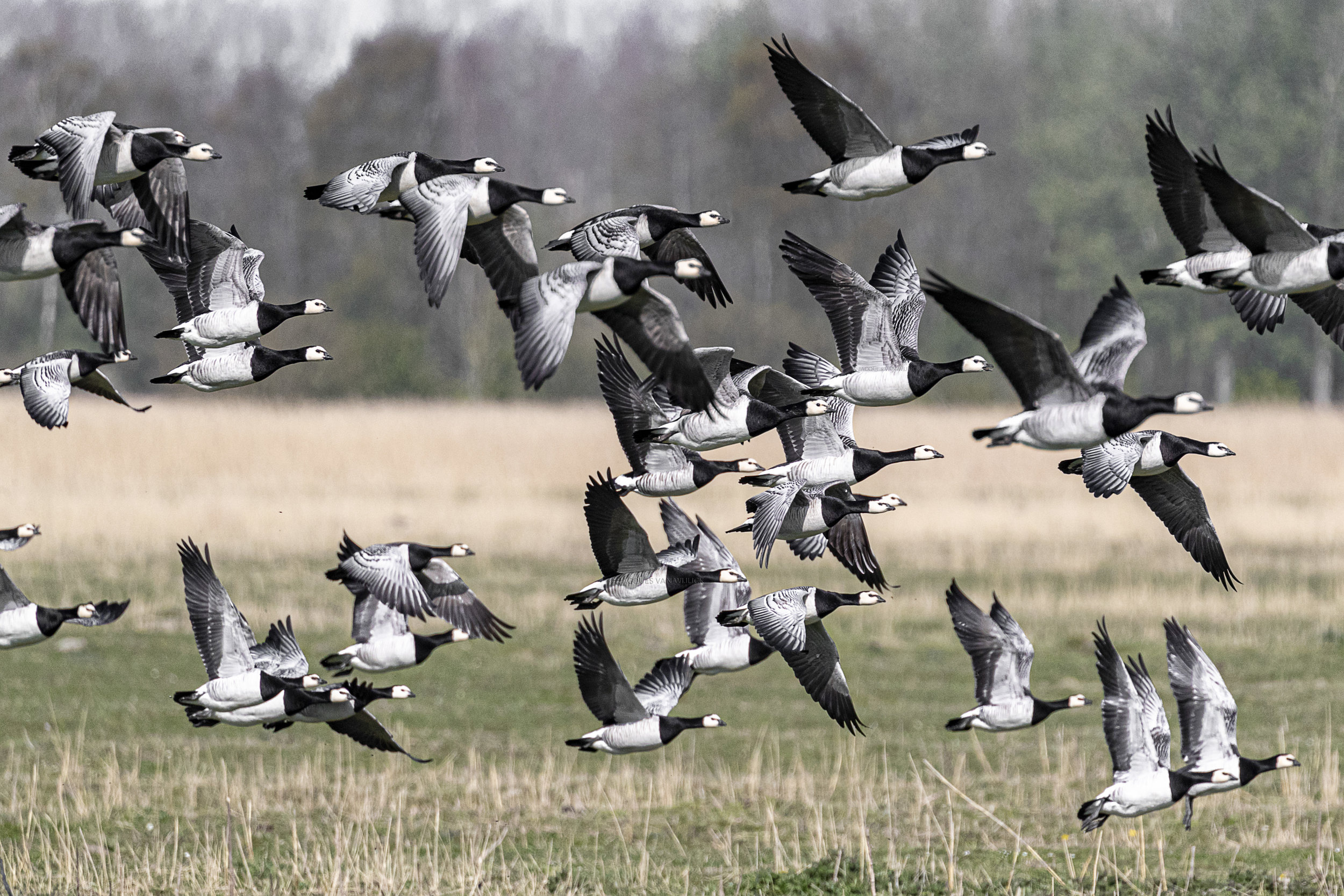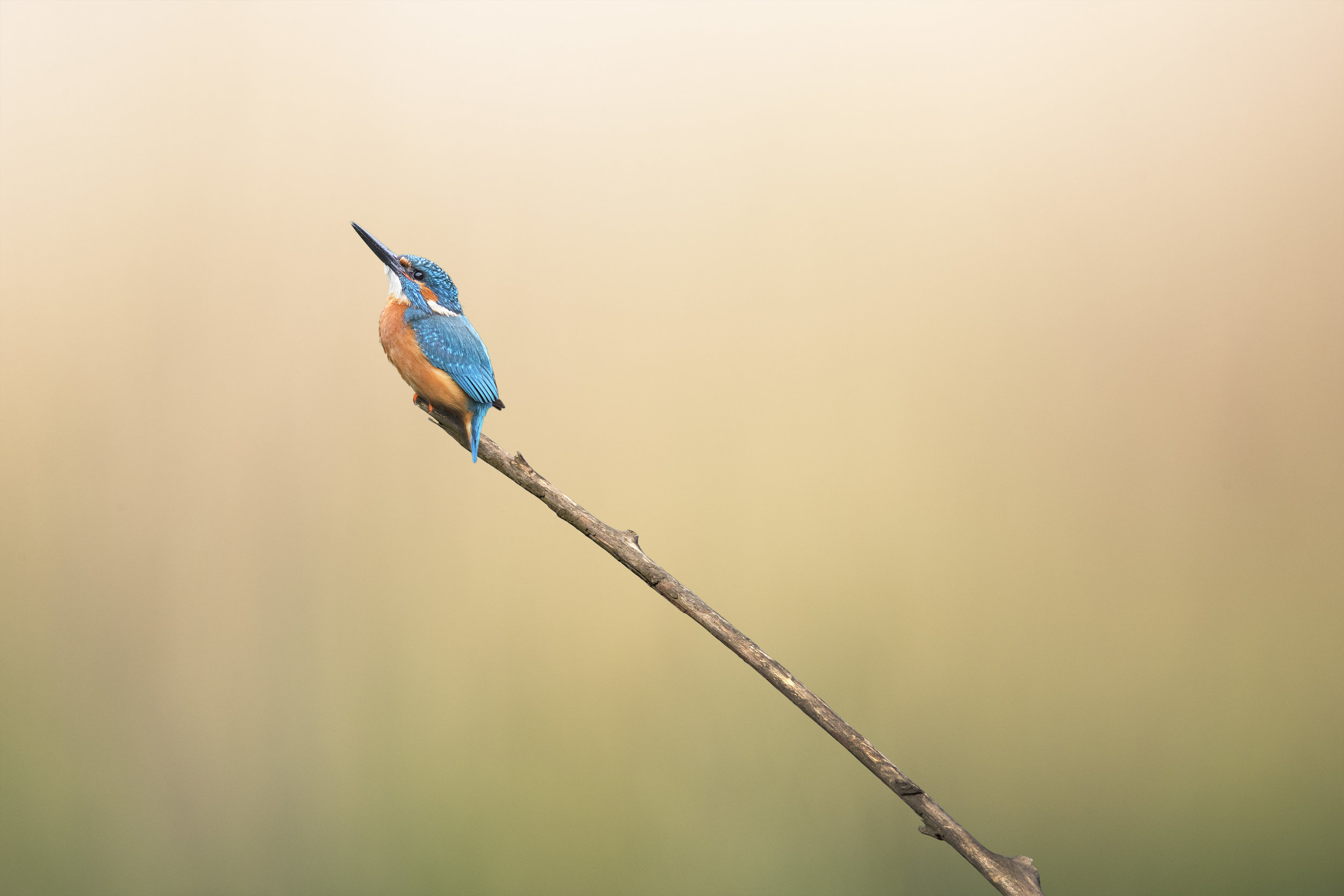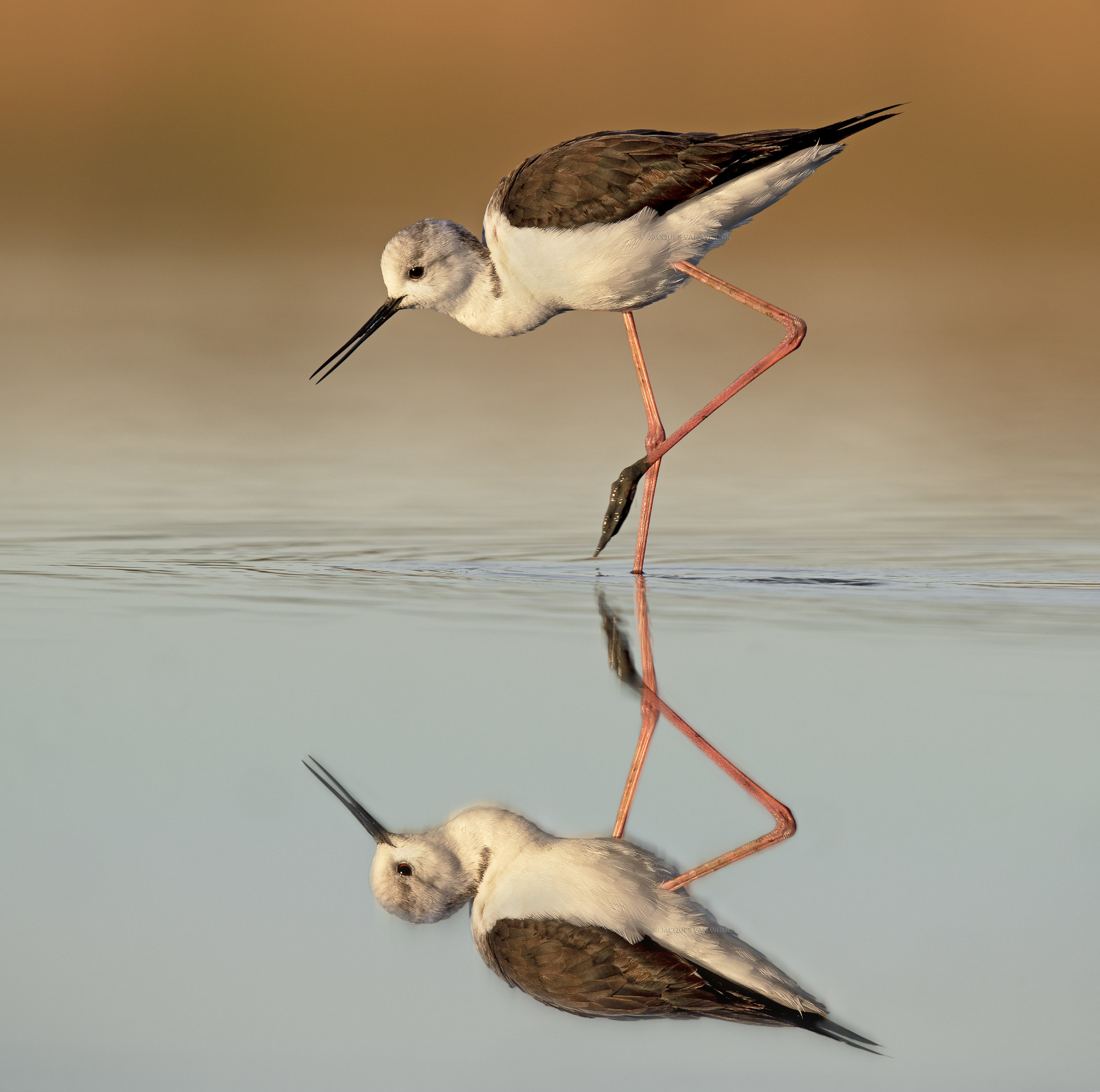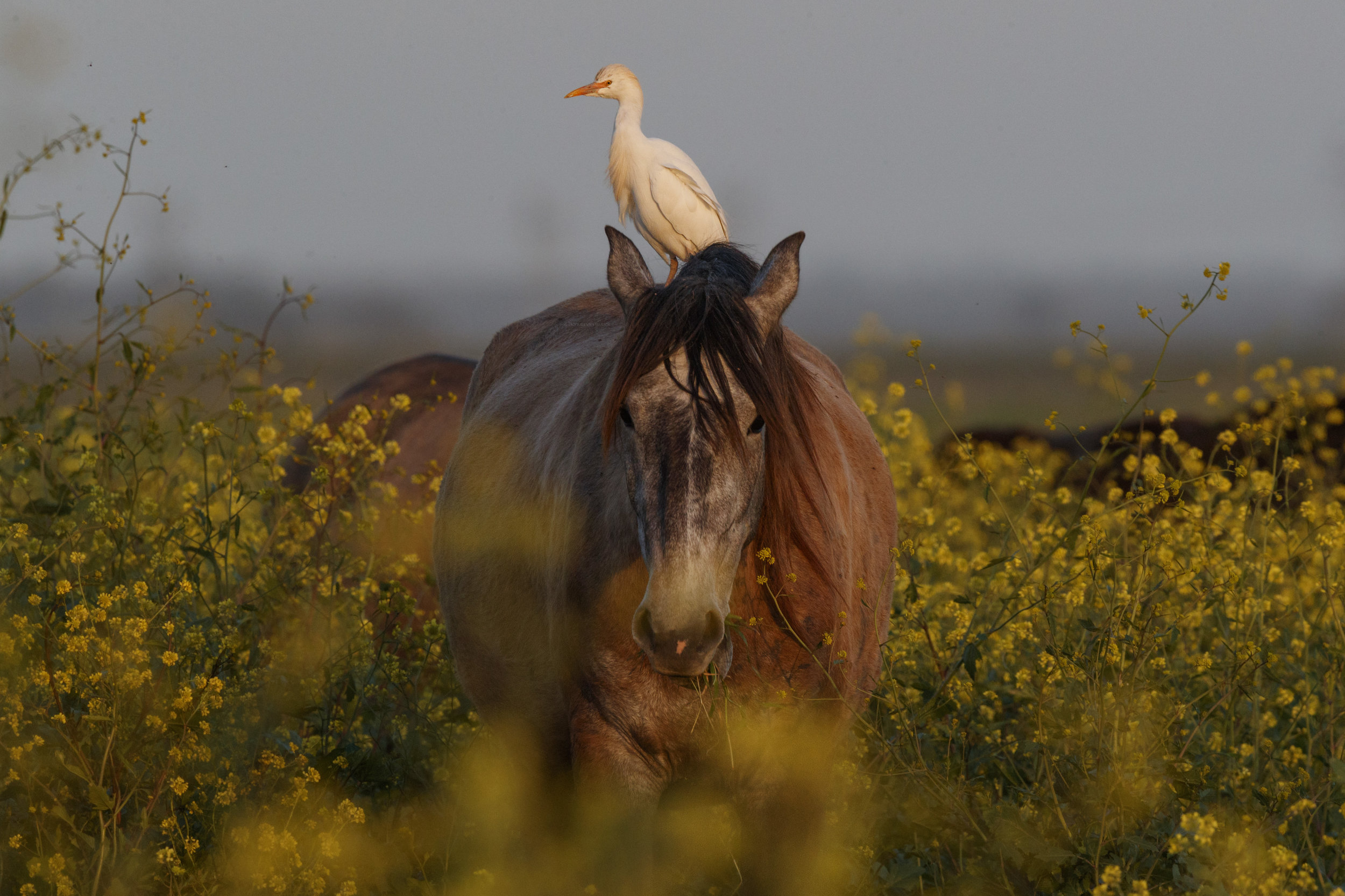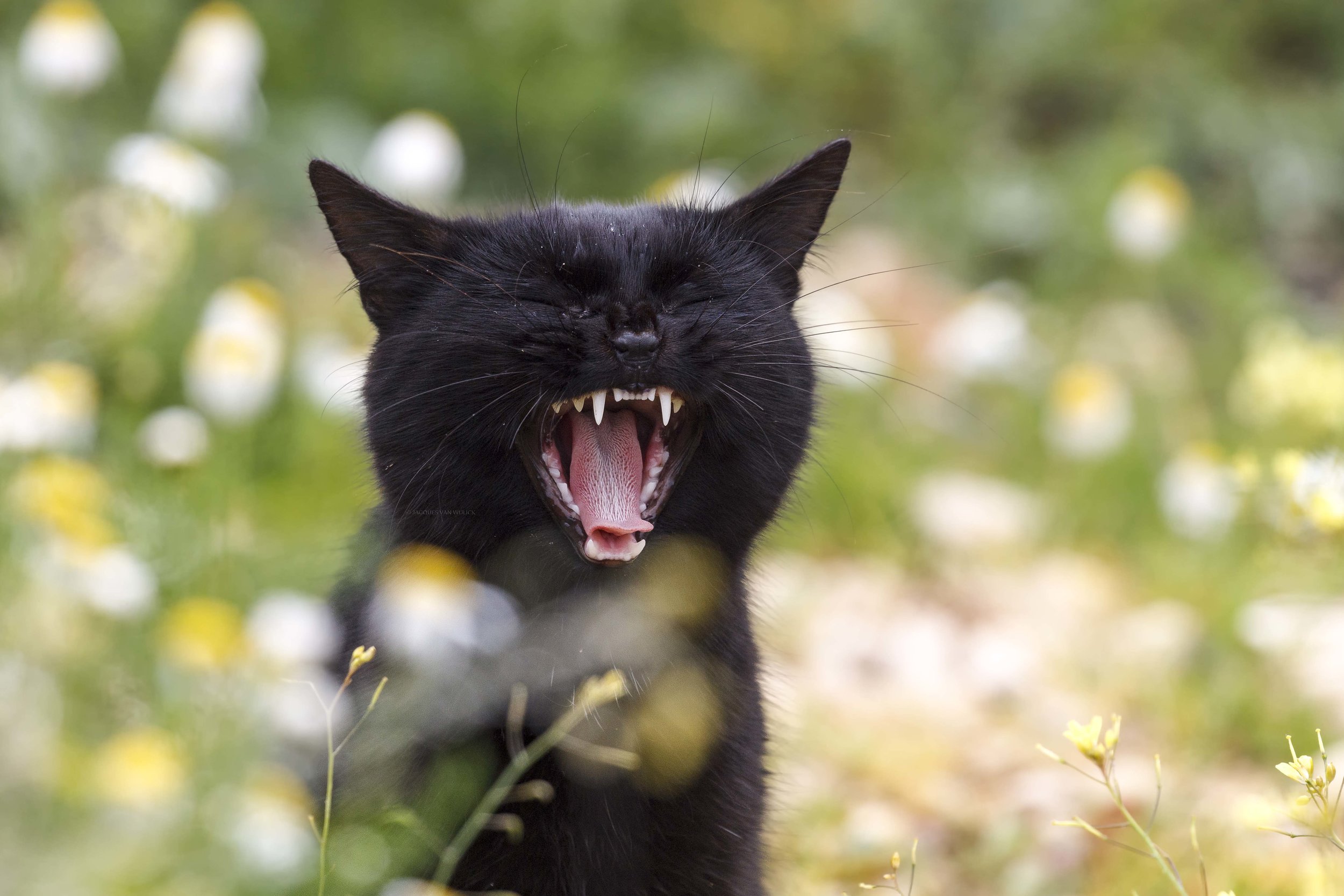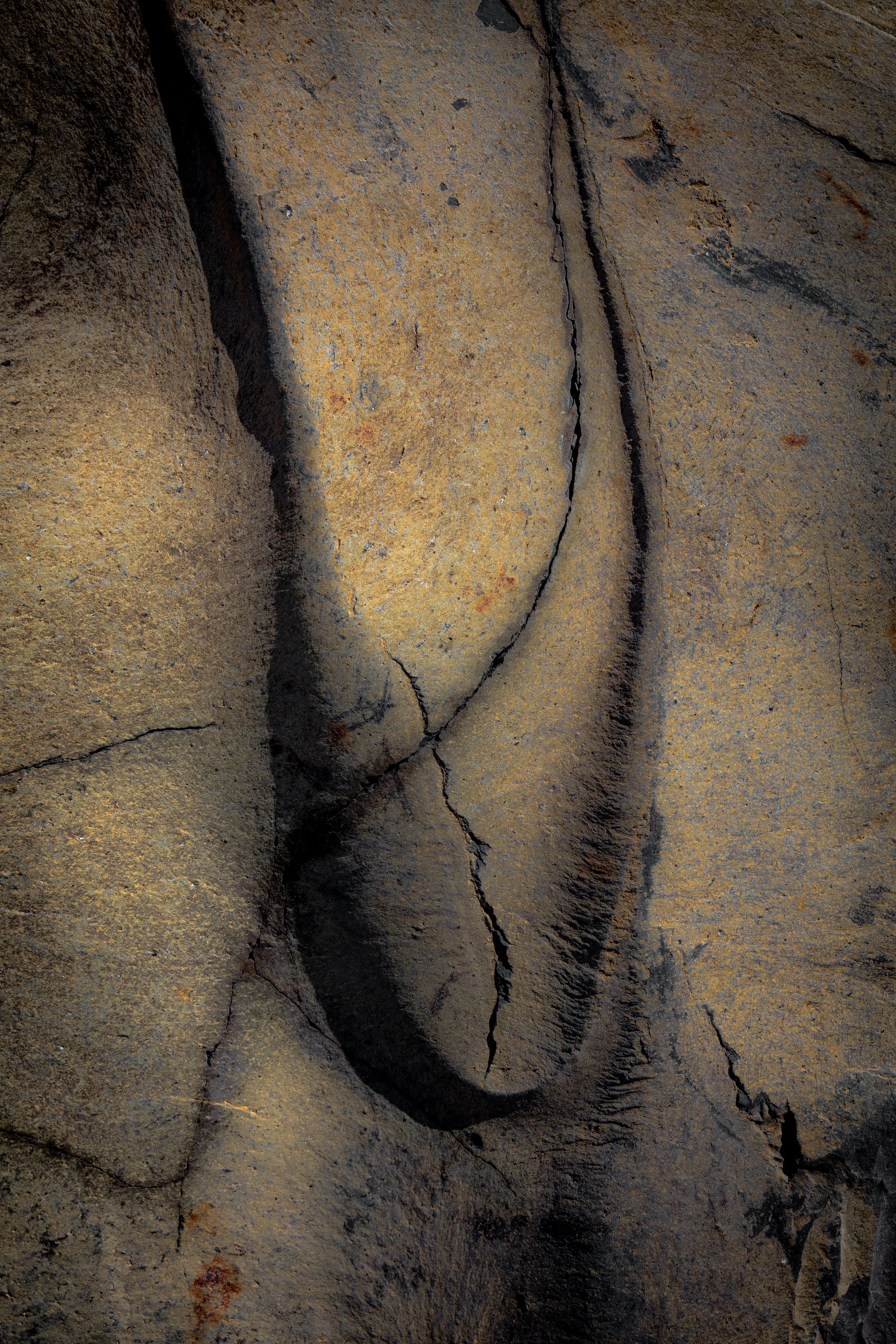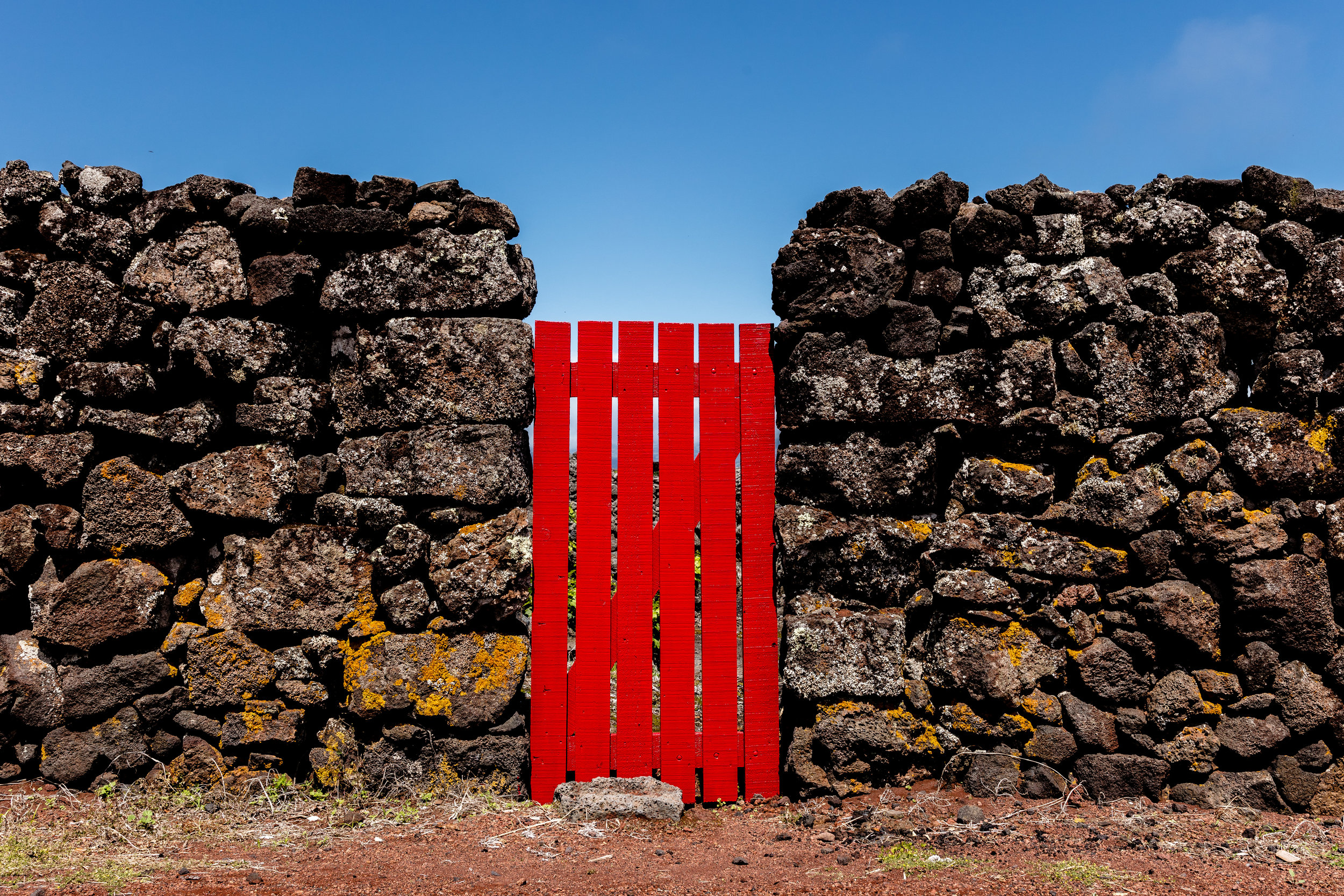About birds and beauty…
Barn Owl (Tyto alba) with a freshly caught Brown Rat (Rattus Norvegicus)
Common Spoonbill (Platalea leucorodia).
Black-winged Stilt (Himantopus himantopus) stretching elegantly.
Three little angels.
Mandarin Duck.
Barn Owl (Tyto alba) observing the observer.
Bathing Great Tit (Parus major).
Drinking juvenile Greenfinch.
An exhausted Yellow-crowned Bisshop (Euplectus afer) singing on a post.
Juvenile Blue Tit.
Purple Heron.
Jay.
Barn Owl (Tyto alba).
Yellow-crowned Bisshop (Euplectus afer).
The approach… Black-winged Stilts (Himantopus himantopus)
Barnacle Geese (Branta leucopsis) lifting from a meadow in the north of the Netherlands.
Wood Pigeon.
Black-winged Stilt (Himantopus himantopus)
Going home now…















